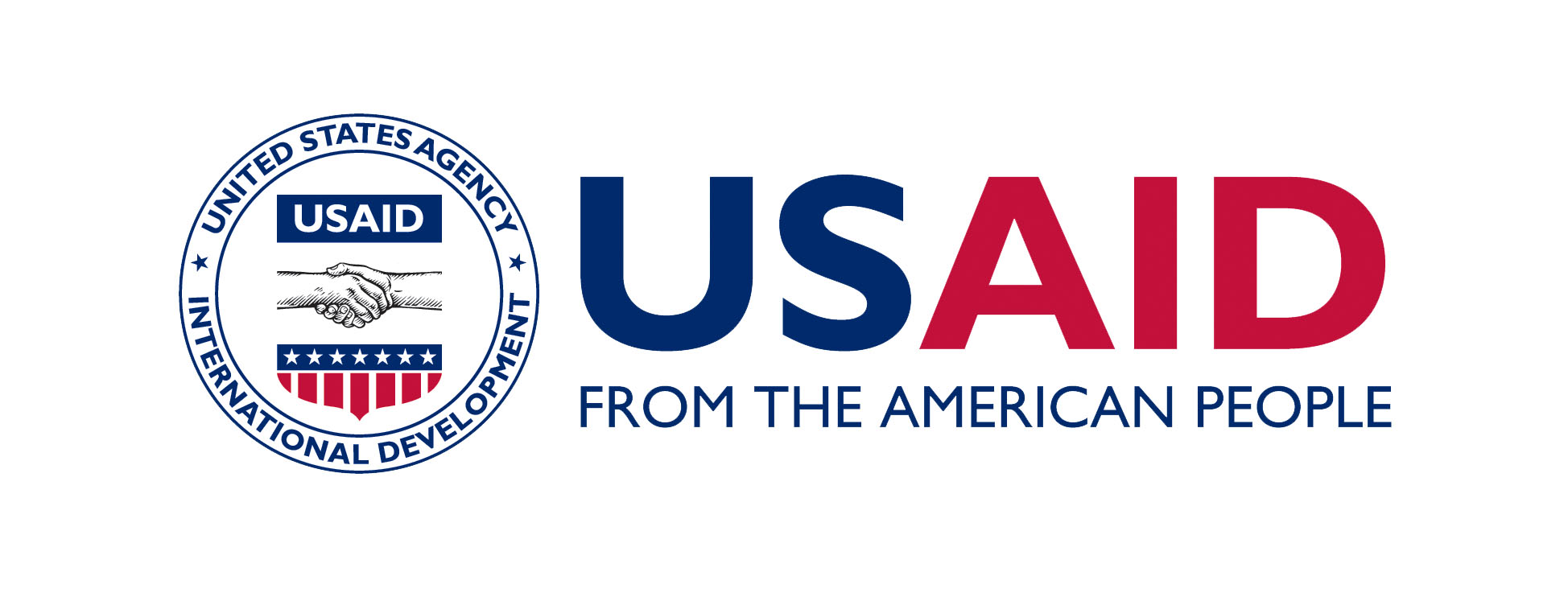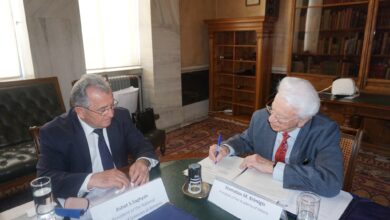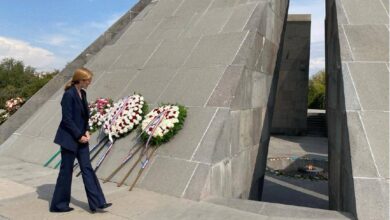USAID Improves water supply in Hartavan, Armenia

On June 17, USAID marked the completion of a water supply improvement project in the village of Hartavan, Aragatsotn region. The community event was attended by USAID Deputy Assistant Administrator for Europe and Eurasia Jonathan Katz, USAID Armenia Mission Director Karen Hilliard, Governor of Aragatsotn Sargis Sahakyan, community mayor Zhirayr Avetisyan, local residents, and partners. During the event, the attendees viewed the newly-installed pumping station and water supply network of the village and met with project beneficiaries.
Before the inception of the USAID/CEWP water improvement project, Hartavan did not have access to a safe and reliable water supply. Most of the village’s water sources were seasonal and did not have any protection from potential pollution. The village’s only reliable source of water was the small and obsolete pumping station located on the Aparan-Yerevan water main. The water distribution network of Hartavan was also in poor condition. Household connections were not metered, and the water loss due to leakage and waste was very high (80% or more). Water was available only 2-3 hours a day, and the risk of waterborne diseases was high.
In response, USAID made several critical improvements to Hartavan’s existing water system, resulting in a safe chlorinated water supply for all the households in the village that is available 24 hours a day, seven days a week. Thanks to the installation of water meters throughout the village, water consumption is more accurately accounted for. CEWP also provided the municipality with new software to help them with billing and the collection of water fees. As a result, the community’s water service revenue has almost doubled, and it is anticipated that Hartavan will annually save about 23,360 cubic meters of water and 17,280 kilowatt-hours of electric energy due to improved efficiency.
Since 2011, nearly 50,000 people living in vulnerable communities in six Armenian provinces have benefitted from improved energy and water services made possible through USAID. When improving rural infrastructures, USAID also introduces modern and energy-efficient approaches to street-lighting, heating, and the drinking water supply, allowing communities to generate additional savings in water and energy expenses.








